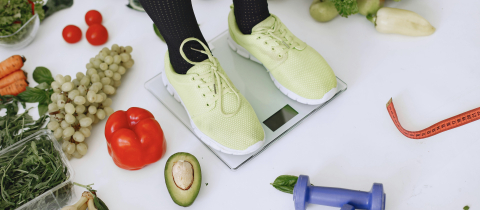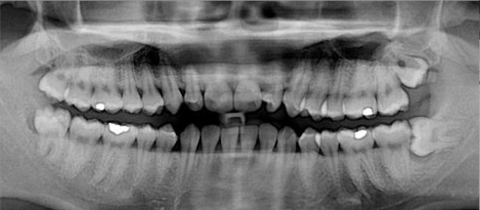Divide some laboratory rabbits into three groups. Feed one group normal rabbit chow, the second group a high cholesterol diet, and the third group a high cholesterol diet supplemented with 0.2% curcumin. After eight weeks take blood samples, sacrifice the bunnies, and examine their aortas for atherosclerotic deposits. That’s a typical animal experiment to test the potential of curcumin, the compound responsible for the yellow colour of turmeric, as being possibly beneficial in reducing the risk of heart disease.
Turmeric is the ground-up root of an East Indian plant (Curcuma longa) belonging to the ginger family that has a long history of use in Ayurvedic medicine for stomach ailments, wound healing and “blood cleansing.” Of course, traditional use is based mostly on anecdote and cannot be relied on as proof of efficacy but nevertheless may merit further investigation given that a number of drugs used in conventional medicine, digitalis being a classic example, have come to the attention of researchers through anecdotal accounts of benefit.
In the case of curcumin, researchers found that the rabbits with the curcumin-supplemented diets had their blood cholesterol reduced and had fewer atherosclerotic deposits in their aortas. Does that mean people should start taking curcumin to ward off heart disease? Hardly. People are not giant rabbits. However, there is also some evidence from laboratory studies for curcumin slowing the multiplication of cancer cells as well as for having some anti-inflammatory properties. But the human body is not a large test tube and effects seen in the lab are rarely reproduced in the chemically complex environment of the human body. Still, the animal studies and the lab experiments do suggest that curcumin supplements are reasonable candidates for investigation through human trials. And there have been many such trials, in fact over one hundred and twenty, that have tested curcumin for treating a variety of conditions. The researchers, though, have not been able to pull a rabbit out of the hat. There is no magic in curcumin, at least as far as conventional science is concerned.
On the other hand, “alternative” or “holistic” practitioners often don’t mind introducing some claims of magic. Such as suggesting that intravenous curcumin solutions can effectively treat complaints ranging from eczema to low platelet count. There is absolutely no evidence in the published literature for the use of intravenous curcumin for any condition but there are examples of its use resulting in tragic consequences.
In March of 2017, a young lady suffering from eczema visited a naturopathic doctor in California who had advertised his use of intravenous curcumin thus: “If you are suffering from any type of inflammatory condition, whether it be arthritis, autoimmune condition (e.g. scleroderma, lupus or rheumatoid arthritis), Alzheimer’s or dementia, this may be a great modality of treatment to try. It may require multiple treatments or may be just one treatment, depending on each person and the condition.” In this case, there were no multiple treatments to consider. The first IV infusion resulted in cardiac arrest. Attempts at resuscitation failed.
The death was not readily explained because curcumin is not particularly toxic. Neither is it particularly soluble in water, which presents a problem for intravenous administration. Such an insolubility issue is commonly addressed with the addition of an “emulsifier,” a chemical that features a water-soluble region and a fat-soluble region in its molecular structure. The result is the production of a homogeneous solution.
In this case, a “compounding pharmacist” who used polyethylene glycol 40 castor oil as the emulsifier prepared the intravenous solution. This substance is used in the preparation of a variety of conventional intravenous medications that come with a warning of possible hypersensitivity reactions. Moreover, if this emulsifier is not properly purified it can be contaminated with diethylene glycol which is a byproduct of its synthesis. This too can trigger serious reactions. It seems the compounding pharmacist did not use pharmaceutical-grade emulsifier and it isn’t clear whether the lethal reaction was triggered by the emulsifier itself or some contaminant. There were no warnings on the label about possible hypersensitivity reactions. Another point of interest is that when the contents of the intravenous bag were tested by FDA scientists, they found the curcumin concentration to be only a few percent of that declared on the label.
This tragic case highlights the fact that “holistic” or “alternative” practitioners sometimes use treatments that have no evidence of efficacy. Intravenous curcumin is one, but there are many others including “biopuncture,” described as a “technique that involves using pin-prick needles to inject miniature amounts of homeopathic remedies under the skin or into muscle encouraging the body to start healing and to help stimulate local blood circulation.” Besides lack of proven efficacy, there is also concern that products used are not subjected to the same type of rigorous quality control as conventional pharmaceutical products and may harbor various contaminants. Naturopaths would do well to remember the prime maxim of medicine, “first do no harm.”







